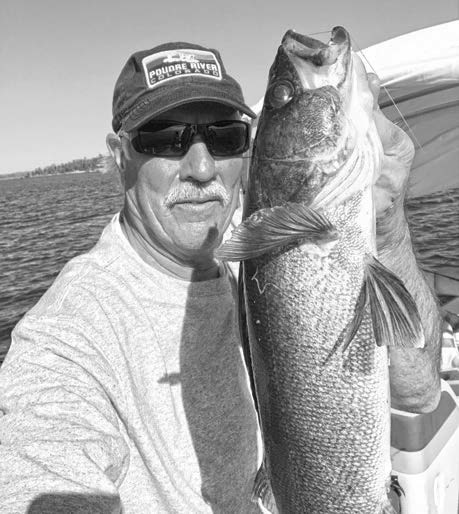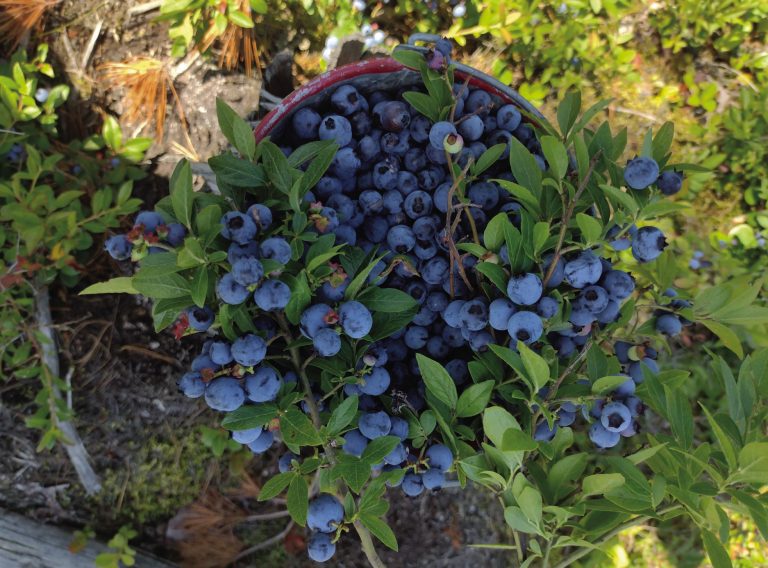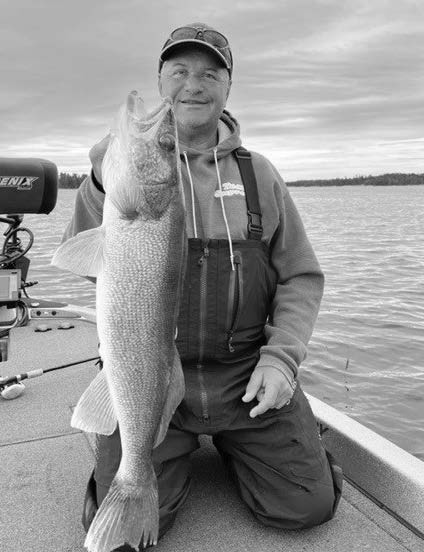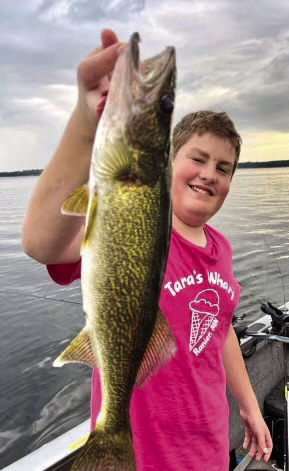September: Prime for star watching
September’s mild nights and darkening skies make for some of the year’s best star watching. In the west, brilliant Arcturus is slowly sinking, dragging its kiteshaped constellation, Bootes the herdsman, with it. Just east of Bootes hangs the semicircular Corona Borealis, or northern crown; its sole bright star is called Gemma or Alphecca. Moving east again, an hourglass of stars defines the torso of upside- down Hercules. Beside Hercules shines Vega—the beacon of Lyra, the lyre, and the brightest of the large Summer Triangle of stars. This month, the Triangle will be high in the south at nightfall—that is, in prime viewing position at the prime viewing hour. Below Vega, a small parallelogram of stars outlines the lyre. Moving east again, somewhat dimmer Deneb, also a Triangle star, marks the tail of Cygnus, the swan, and the head of the Northern Cross. To the south, Altair, in Aquila, the eagle, forms the sharpest point in the Triangle. And slightly above and east of Altair, diminutive Delphinus, the dolphin, leaps into a dark sea.





